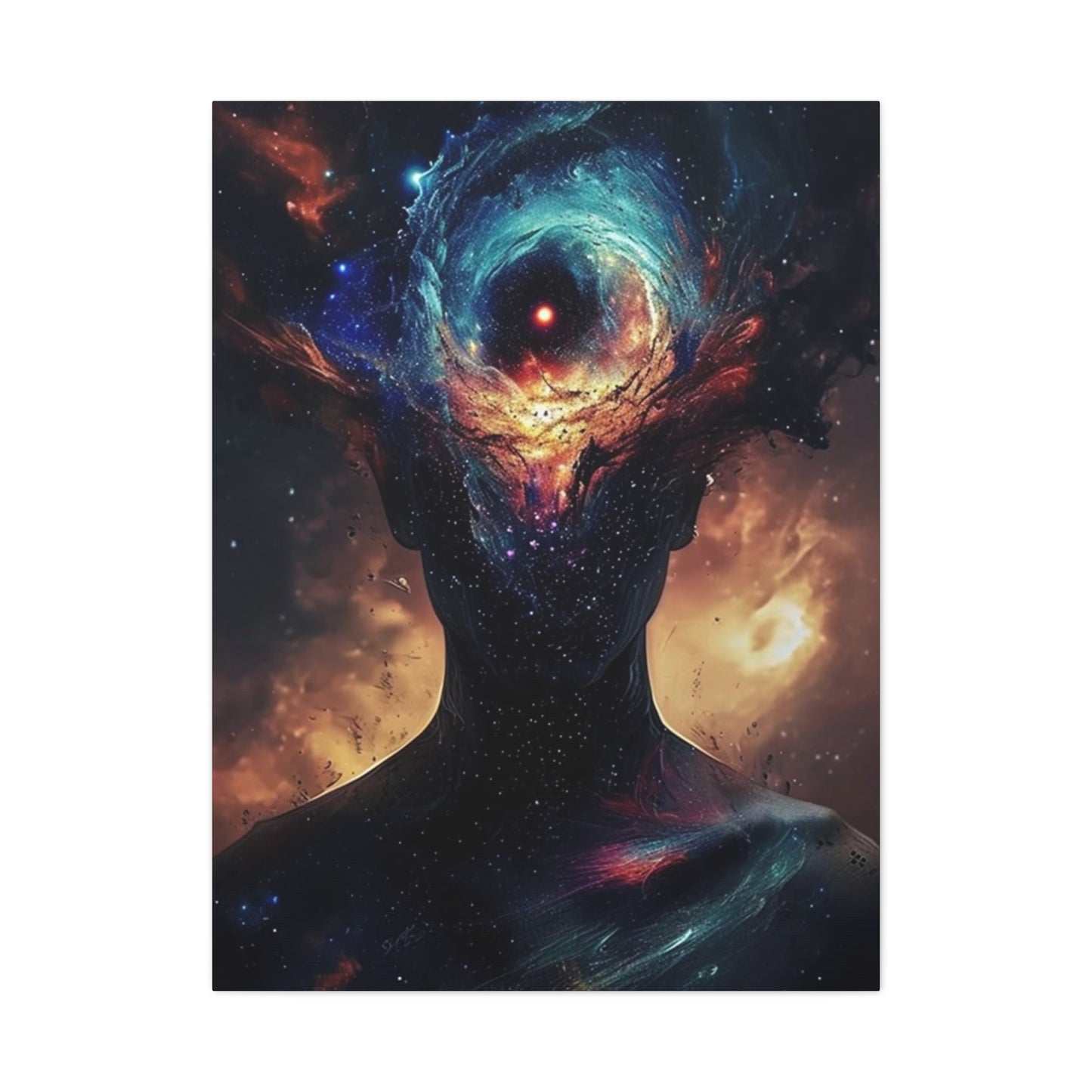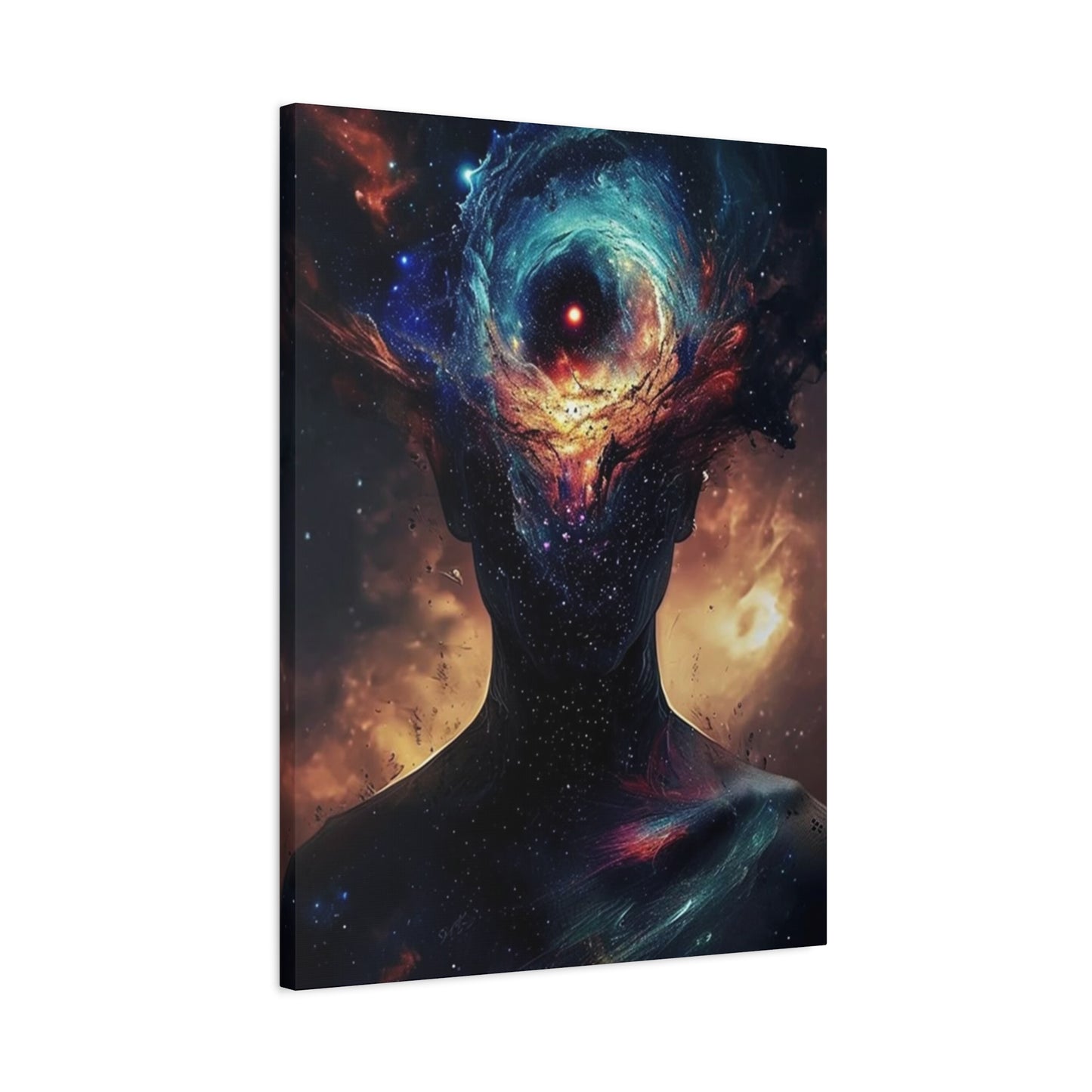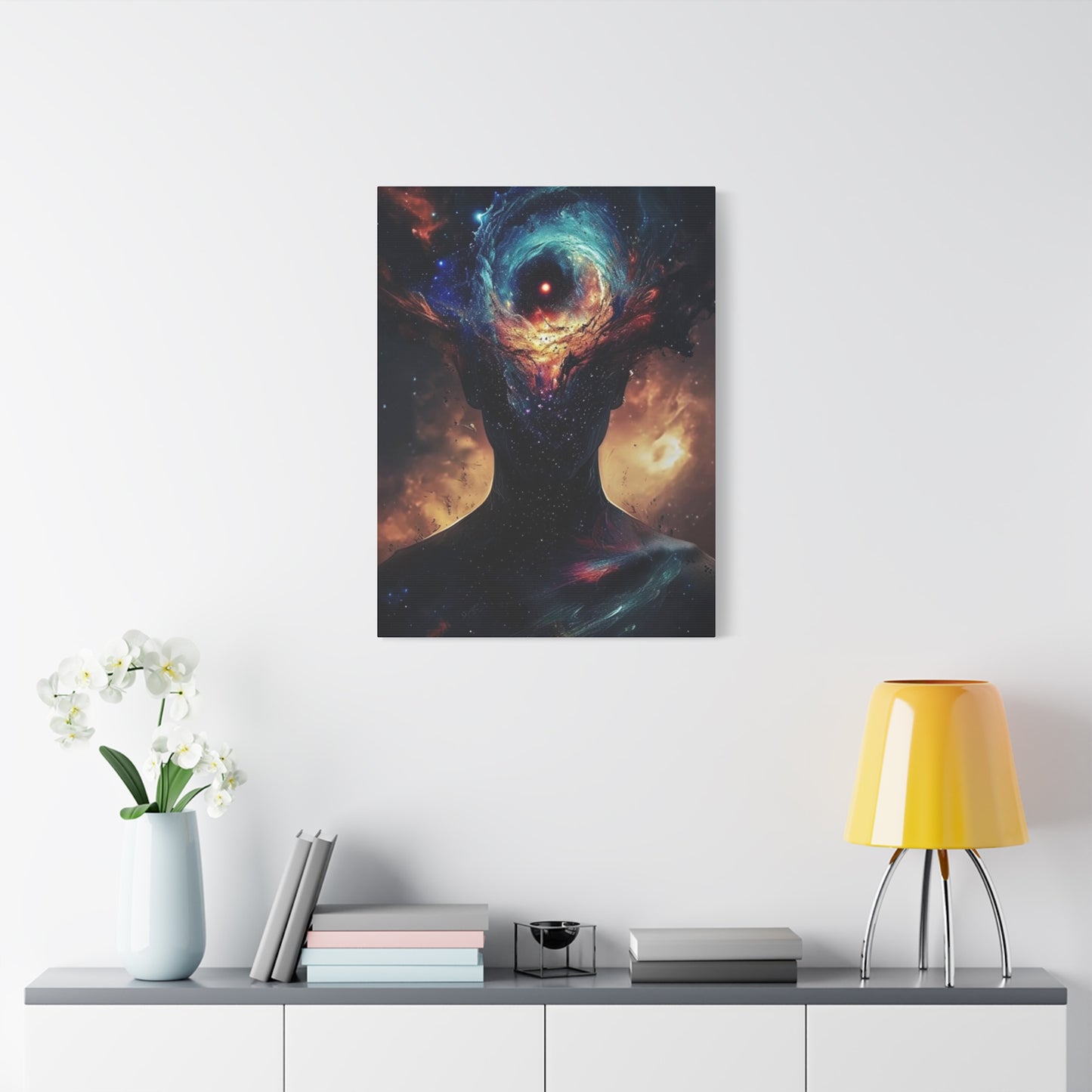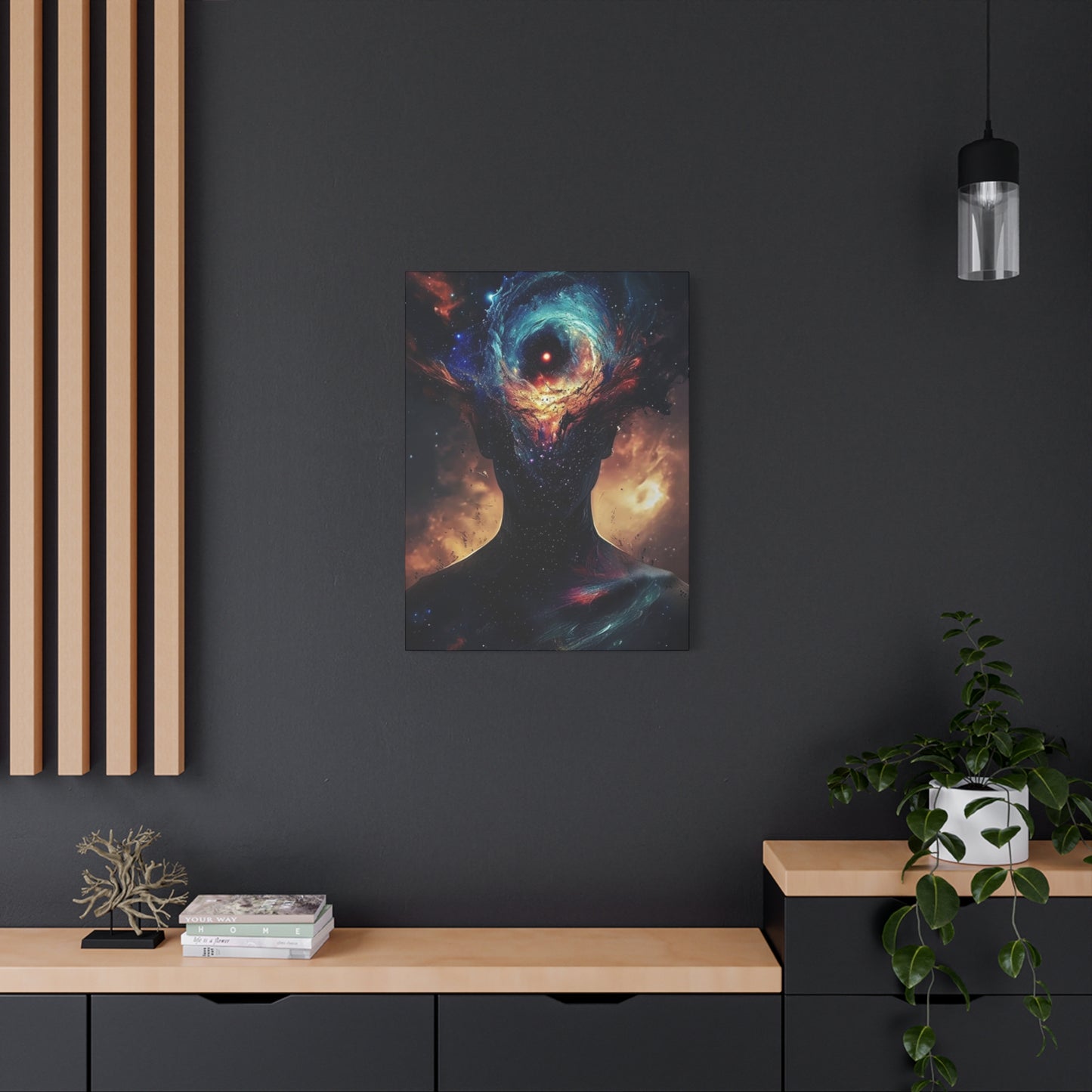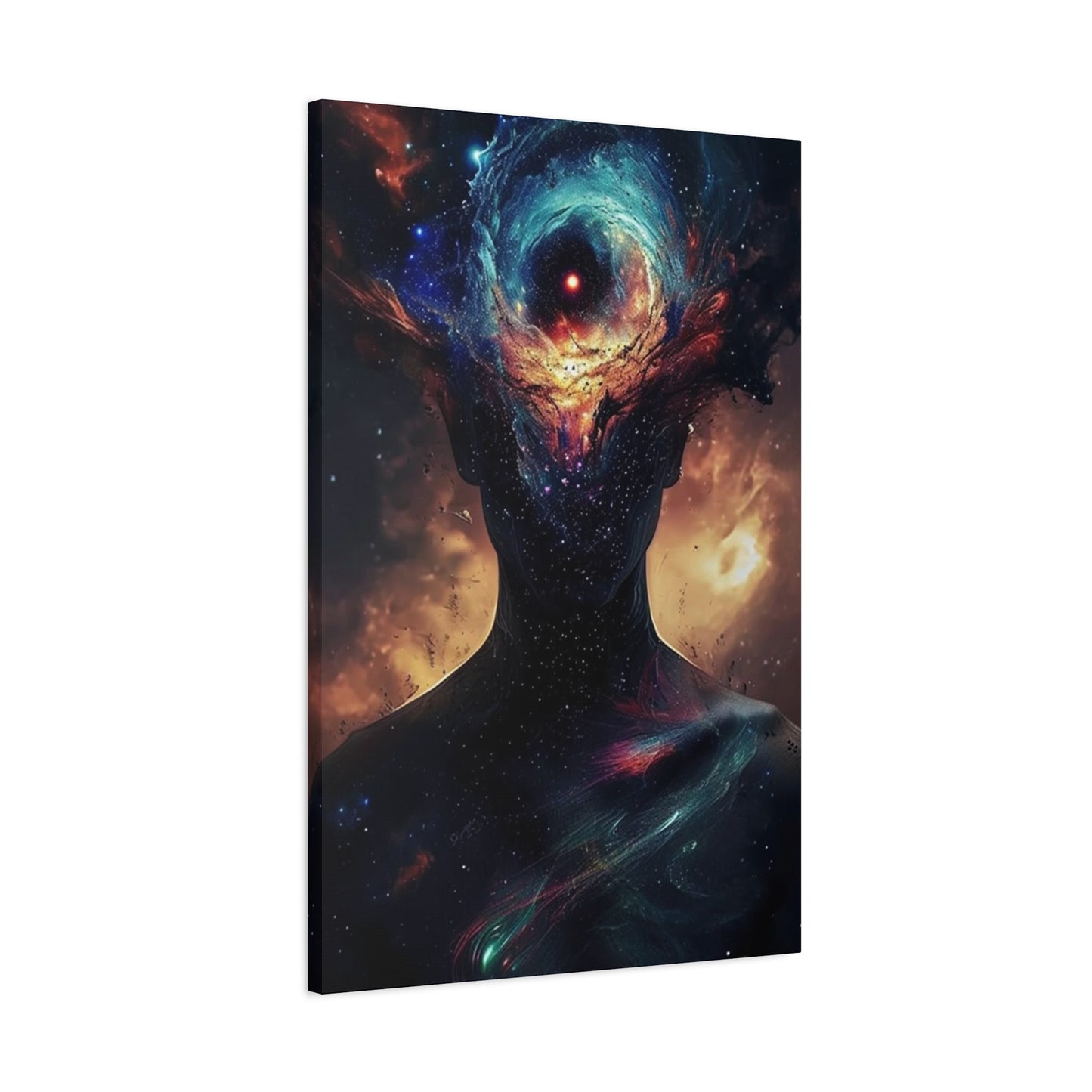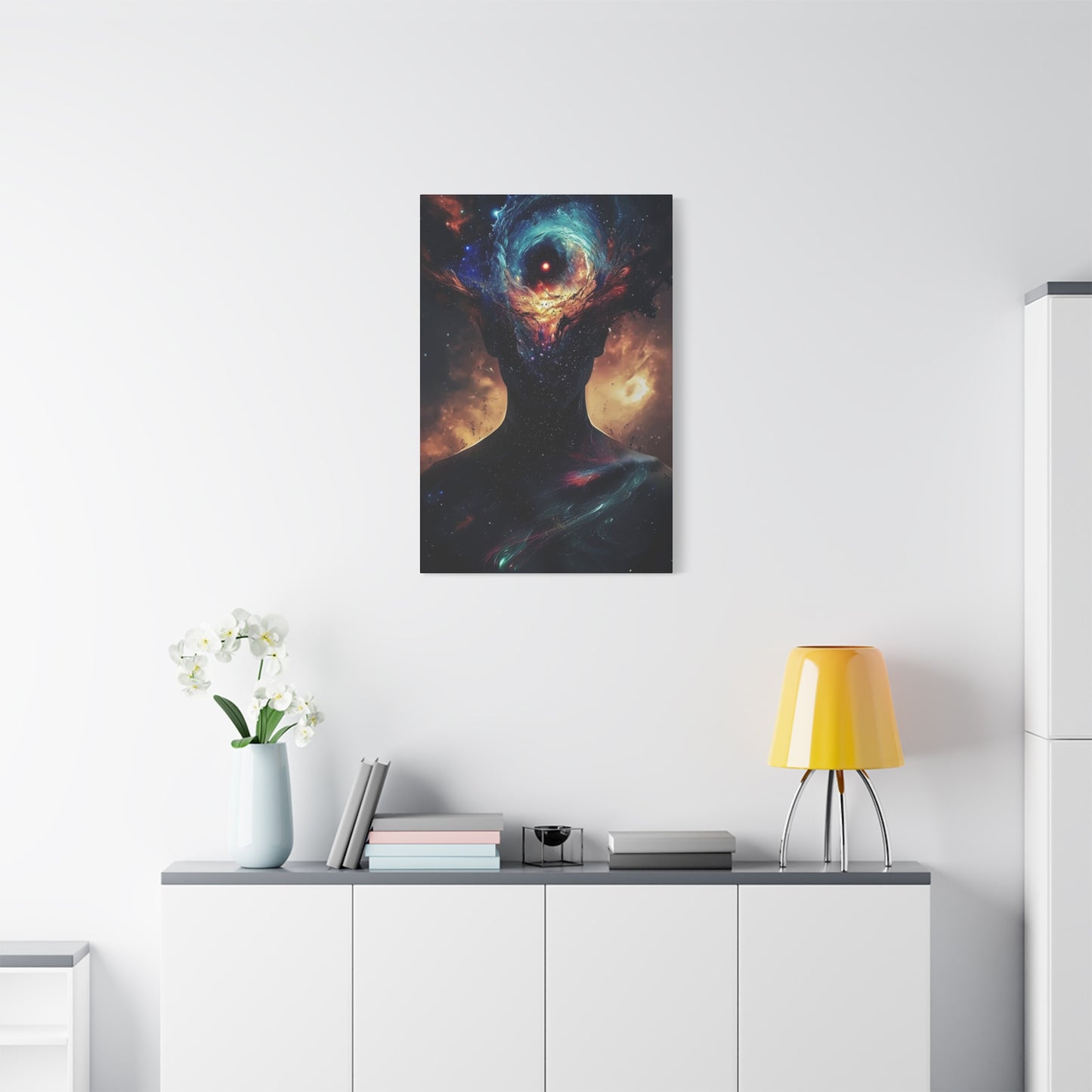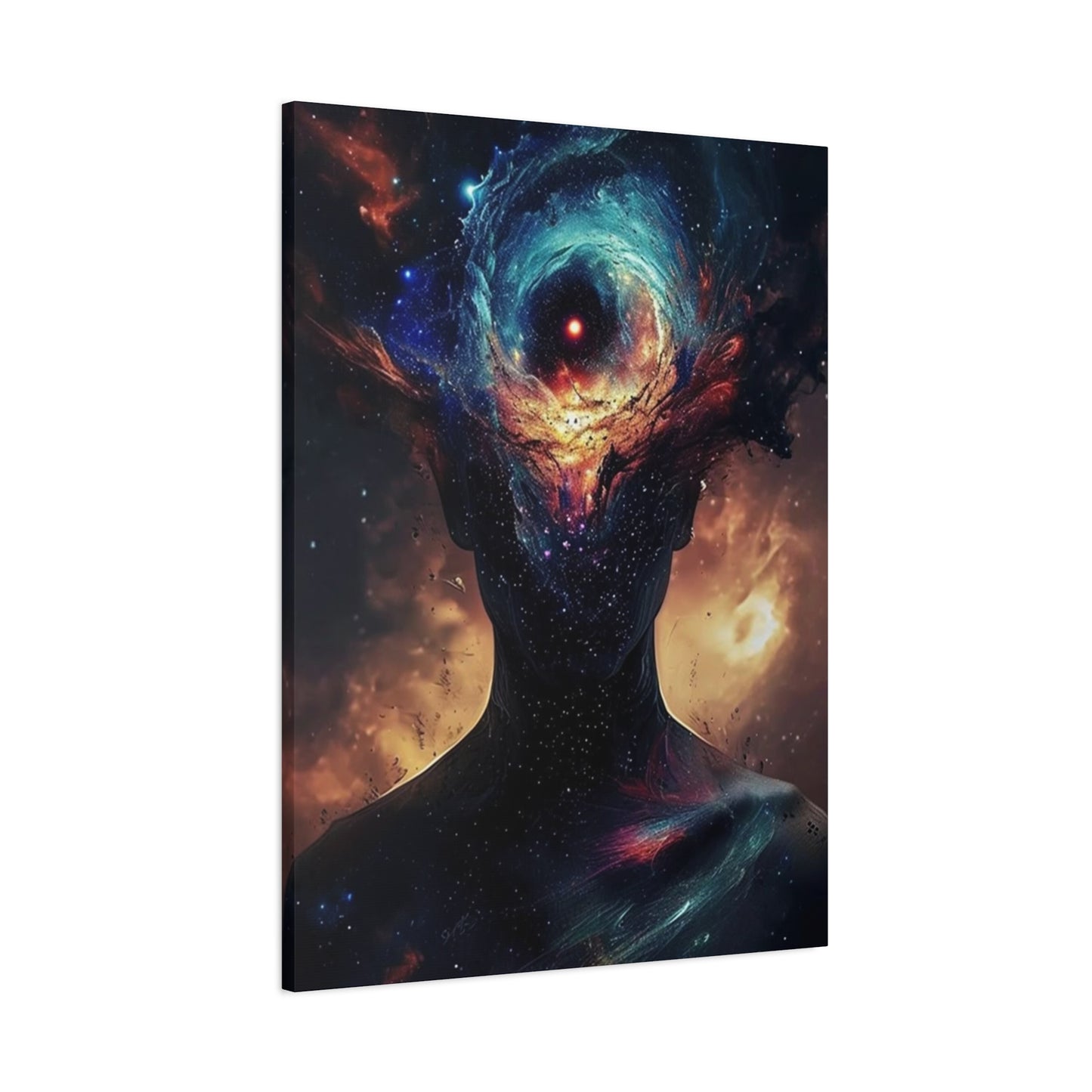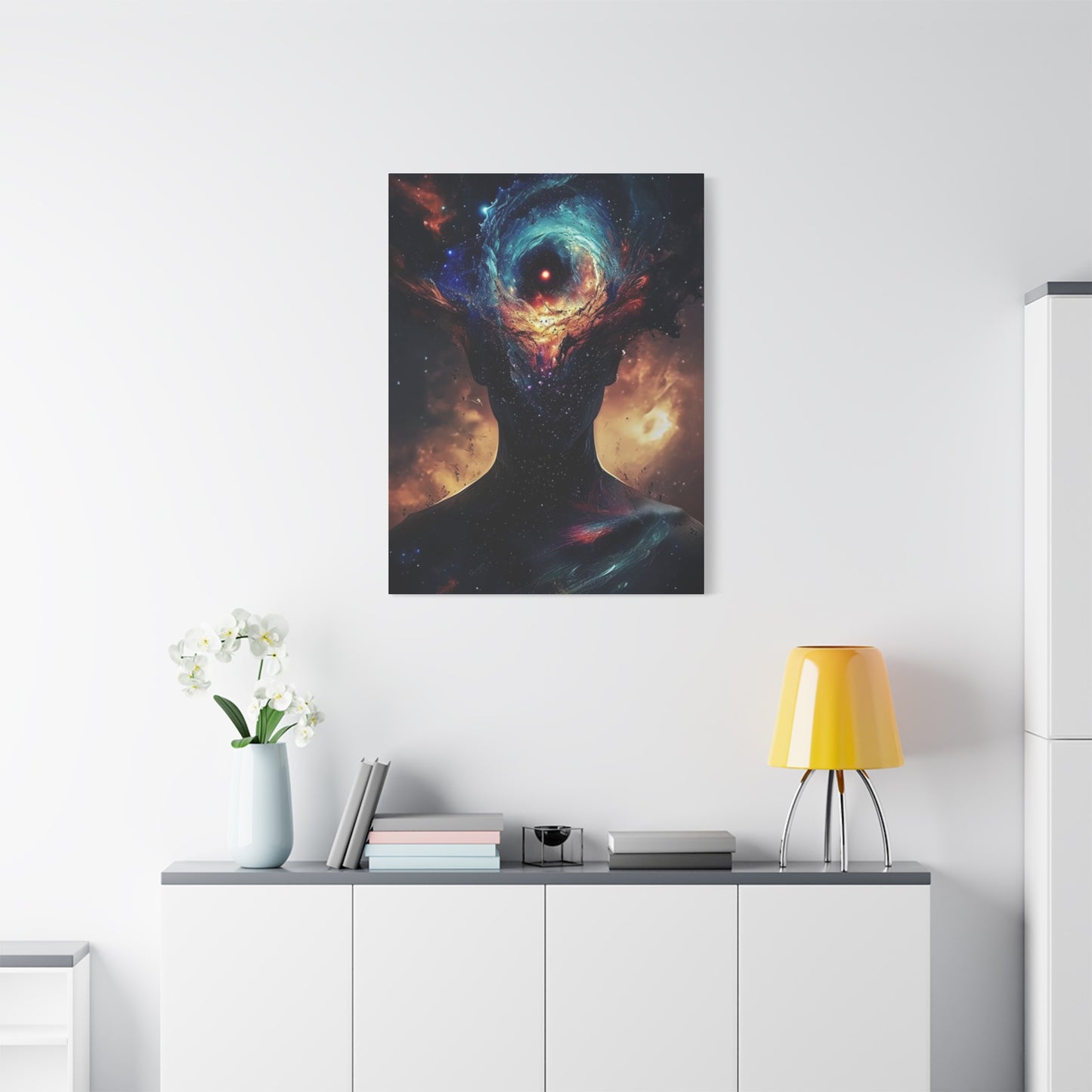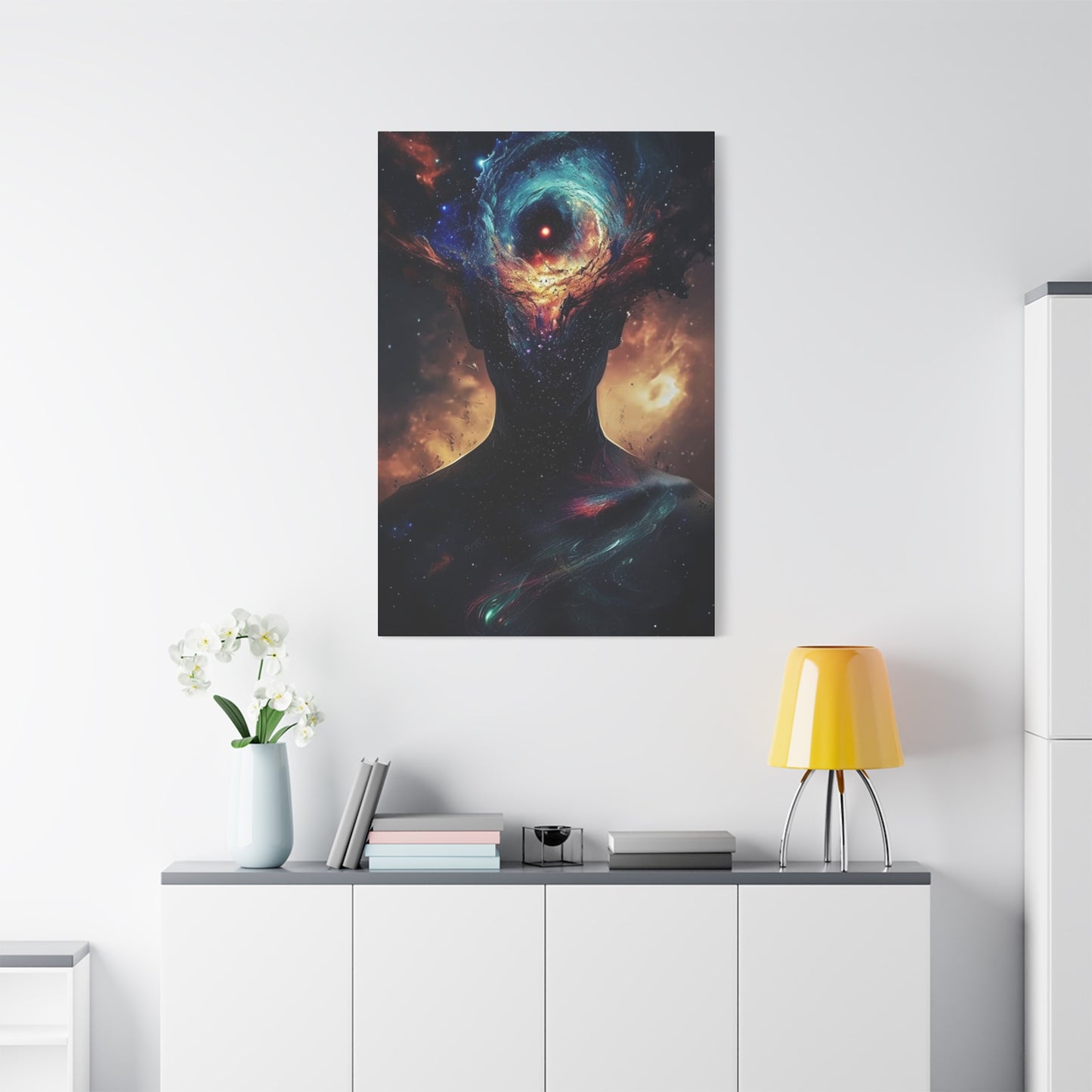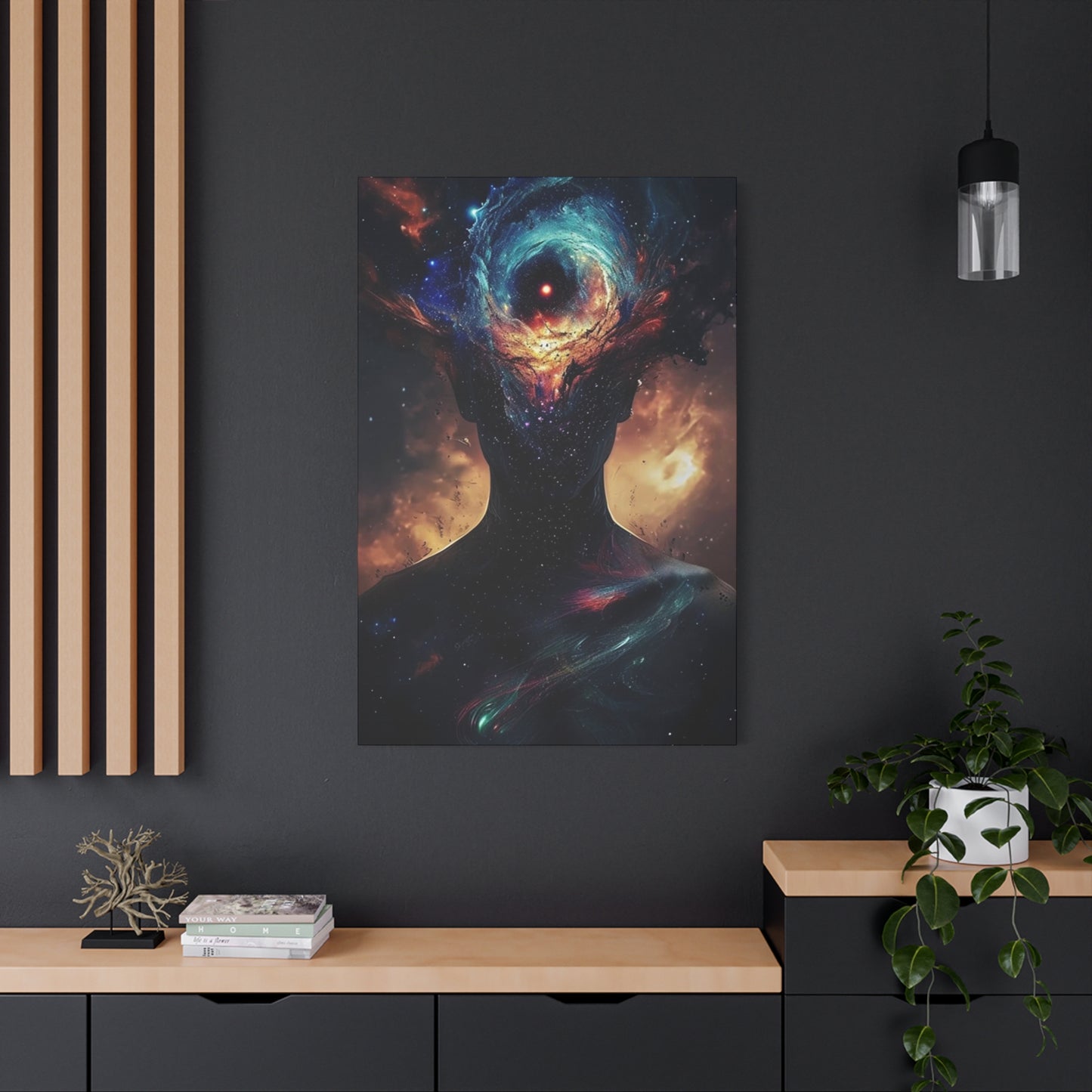Transforming Spaces with Sacred Imagery: Your Journey into Spiritual Poster Wall Art Décor
Decorating your living environment goes far beyond simply filling empty walls with random images or choosing colors that match your furniture. When you incorporate sacred imagery and meaningful artwork into your personal spaces, you create an atmosphere that resonates with your inner beliefs, values, and aspirations. The practice of adorning walls with meaningful visual elements has existed throughout human history, serving as a bridge between the physical realm we inhabit and the deeper dimensions of consciousness we seek to explore. Today, more individuals are discovering how powerful it can be to surround themselves with imagery that reflects their spiritual journey, encourages mindfulness, and creates sanctuaries for peace within their homes.
The modern world moves at an incredible pace, with constant demands on our attention and energy. Creating spaces that offer respite from this relentless momentum has become essential for maintaining balance and well-being. Sacred imagery serves this purpose beautifully, providing visual anchors that remind us to pause, breathe, and reconnect with what truly matters. Whether you follow a specific spiritual tradition or simply seek to cultivate more peace and intention in your daily life, the artwork you choose for your walls can profoundly influence your mental state, emotional well-being, and overall quality of life.
Embracing Christian Iconography and Inspirational Scripture Art
Christian artistic traditions span two thousand years and countless cultural expressions, offering tremendous variety for those seeking to incorporate their faith into their home environment. From Byzantine icons to contemporary interpretations of biblical scenes, from medieval illuminated manuscripts to modern typographic treatments of scripture, Christian art provides endless options for creating meaningful spaces.
Icons hold particular significance in Orthodox Christian traditions, where they serve not merely as decorations but as windows into the divine realm. Traditional icon painting follows strict conventions regarding composition, color, and technique, resulting in images that maintain continuity with centuries of tradition. The stylized, two-dimensional quality of icons creates a sense of timelessness, removing the depicted figures from ordinary reality and presenting them in their spiritual essence. Displaying icons in your home creates sacred focal points for prayer and contemplation.
Biblical scenes have inspired artists throughout history, resulting in countless interpretations of familiar stories. From classical Renaissance paintings to contemporary abstract representations, artwork depicting stories from scripture can add both aesthetic value and spiritual significance to your home. Whether you prefer traditional representations that follow historical artistic conventions or modern interpretations that take creative liberties with composition and style, you'll find abundant options for bringing biblical narratives into your space.
Scripture art has become increasingly popular in recent years, with designers creating beautiful typographic treatments of Bible verses. These pieces combine meaningful text with artistic composition, often incorporating decorative elements, interesting layouts, and thoughtful color choices. Scripture art works particularly well in contemporary homes, as the focus on typography and design creates pieces that feel both spiritual and stylish. Popular verses like Jeremiah 29:11, Philippians 4:13, and Psalm 23 appear frequently, but you can also find or commission artwork featuring less common passages that hold personal significance.
The cross, as the central symbol of Christianity, appears in countless artistic expressions. From simple, minimalist representations to ornate, jeweled versions, from rustic wooden crosses to modern abstract interpretations, this symbol can be incorporated into your décor in ways that match any aesthetic preference. The cross serves as an immediate identifier of Christian faith while also representing sacrifice, redemption, and God's love for humanity.
Images of angels, saints, and other figures from Christian tradition provide additional options for meaningful décor. Each saint is typically associated with particular causes or professions, allowing you to choose imagery that resonates with your specific circumstances or aspirations. Angel imagery, in particular, has broad appeal and can create a sense of protection and divine care in your home.
Integrating Nature-Based Spirituality and Pagan Symbolism
Nature-based spiritual traditions, including various forms of paganism, Wicca, and earth-centered spirituality, draw heavily on natural imagery and ancient symbols. These visual elements often feel particularly appropriate for modern homes, as they connect us to the natural world and seasonal cycles that many contemporary people feel disconnected from in urban or suburban environments.
The moon in its various phases represents one of the most popular symbols in nature-based spirituality. Moon phases symbolize cycles of growth, fullness, decline, and renewal, reflecting patterns we see throughout nature and in our own lives. Moon imagery works beautifully in bedrooms, meditation spaces, or any area where you want to emphasize the rhythmic, cyclical nature of existence. Many people find moon art particularly conducive to rest and dreaming.
Tree imagery appears across numerous spiritual traditions but holds special significance in pagan and earth-based practices. The Tree of Life, with its roots reaching deep into the earth and its branches extending toward the sky, symbolizes the connection between physical and spiritual realms, as well as the interconnectedness of all life. Celtic tree designs, with their intricate knotwork, offer particularly striking visual options that work well in traditional and contemporary settings alike.
Elemental symbols representing earth, air, fire, and water provide another avenue for incorporating nature-based spirituality into your décor. These symbols can be abstract or representational, simple or elaborate. Artwork featuring the elements reminds us of the fundamental forces that make life possible and our place within the natural world. Some people choose to represent all four elements in a single piece or room, while others focus on particular elements they feel drawn to or wish to invoke.
Seasonal imagery allows you to rotate your décor throughout the year, marking the passage of time and celebrating each season's unique qualities. This practice, common in pagan traditions that honor seasonal festivals, keeps your space feeling fresh while maintaining an ongoing connection to natural cycles. Autumn leaves, winter snowflakes, spring flowers, and summer sunshine each create different moods and energies in your home.
Animal symbolism plays a significant role in many nature-based traditions, with different animals representing different qualities or serving as spirit guides. Owl imagery represents wisdom and the ability to see what others miss. Wolf art symbolizes loyalty and the importance of community. Deer represents gentleness and grace. Incorporating animal imagery into your décor allows you to invoke these qualities while creating a connection to the more-than-human world.
Harnessing the Power of Sacred Geometry in Your Home
Sacred geometry refers to geometric patterns, shapes, and proportions that appear throughout nature and have been recognized as sacred in various spiritual traditions. These patterns include the Flower of Life, Metatron's Cube, the Fibonacci spiral, the golden ratio, and countless others. Displaying sacred geometry in your home creates an environment that resonates with the fundamental patterns underlying physical reality.
The Flower of Life, consisting of multiple overlapping circles arranged in a flower-like pattern, appears in ancient art and architecture worldwide. This pattern contains within it numerous other geometric forms and proportions considered sacred, making it a kind of master pattern from which other designs emerge. Many people report finding this pattern naturally pleasing to look at, even if they don't understand its mathematical or spiritual significance. The symmetry and repetition create a sense of harmony and completeness.
Metatron's Cube derives from the Flower of Life and contains all five Platonic solids, the only perfectly regular three-dimensional forms possible. These five shapes represent the building blocks of physical reality according to ancient Greek philosophy, with each solid corresponding to one of the classical elements. Displaying Metatron's Cube in your home creates a connection to these fundamental building blocks of existence.
The golden ratio, also known as phi, appears throughout nature in the spiral patterns of shells, the arrangement of flower petals, the proportions of the human body, and countless other contexts. Art and architecture incorporating the golden ratio tend to feel naturally balanced and beautiful to human perception. Whether you display artwork explicitly depicting the golden spiral or simply choose pieces created with these proportions in mind, you bring this universal principle of harmony into your space.
Platonic solids themselves, whether depicted two-dimensionally or displayed as three-dimensional objects, make excellent additions to meditation spaces or anywhere you want to emphasize universal principles and geometric harmony. The tetrahedron, cube, octahedron, dodecahedron, and icosahedron each possess unique properties and symbolic associations that practitioners of sacred geometry study and work with.
Mandalas, while discussed earlier in the context of Buddhist practice, actually represent a universal form of sacred geometry appearing across cultures. The circular form with radiating patterns occurs naturally in flowers, snowflakes, and countless other contexts. Creating, coloring, or displaying mandalas satisfies something deep within the human psyche, perhaps because these patterns mirror structures we see in nature and even within our own cells.
Selecting the Right Materials and Formats for Your Sacred Art
The physical form your sacred imagery takes matters nearly as much as the imagery itself. Different materials and formats create different effects and work better in different contexts. Canvas prints offer durability and a classic artistic look that works well for larger statement pieces. The texture of canvas adds depth and interest, and properly prepared canvas prints can last for decades without fading or degrading.
Paper prints and posters provide affordable options for those on budgets or who like to change their décor frequently. High-quality paper prints using archival inks can last many years when properly framed and protected from direct sunlight. This format works particularly well for creating gallery walls where you display multiple pieces together, as it keeps costs manageable while still creating visual impact.
Metal prints have gained popularity in recent years, offering brilliant colors and a modern aesthetic. The process of printing on metal creates luminous, vibrant images that particularly suit contemporary interiors. Metal prints work excellently for geometric patterns, modern interpretations of traditional symbols, and anywhere you want a sleek, gallery-quality appearance.
Wood prints and engravings create a natural, organic feel appropriate for nature-based imagery or anywhere you want to emphasize earth elements and natural materials. The grain of the wood becomes part of the artwork, creating one-of-a-kind pieces even when the printed image remains the same. Wood works particularly well in rustic, farmhouse, or bohemian design schemes.
Tapestries and fabric wall hangings offer texture and warmth that hard surfaces cannot match. These pieces soften spaces acoustically while adding visual interest. Tapestries work beautifully in bedrooms, meditation rooms, or anywhere you want to create a cozy, intimate atmosphere. The textile format also connects to ancient traditions of sacred weaving and fabric arts.
Three-dimensional pieces, including sculptures, carved wood, metal work, and other sculptural expressions of sacred symbols, add another dimension to your spiritual décor. These pieces create changing shadows and highlights as light conditions change throughout the day, making them dynamic elements that never look quite the same twice. Sculptural pieces work well on shelves, mantels, or anywhere you can appreciate them from multiple angles.
Understanding Color Psychology in Spiritual Décor
Color profoundly affects our psychological and emotional states, a fact recognized by spiritual traditions worldwide. Each color carries its own vibration and associations, making color choice an essential consideration when selecting sacred imagery for your home. Understanding these associations helps you create environments that support your specific intentions and needs.
Blue tones generally promote calm, peace, and contemplation. Deeper blues create feelings of stability and trust, while lighter blues evoke spaciousness and serenity. Blue works excellently in meditation spaces, bedrooms, or anywhere you want to encourage relaxation and mental clarity. Many depictions of divine figures use blue, from Hindu deities to Christian representations of the Virgin Mary, recognizing this color's spiritual associations.
Purple and violet shades connect to spirituality, mysticism, and higher consciousness across many traditions. These colors stimulate the crown chakra and encourage transcendent experiences. Purple combines the stability of blue with the energy of red, creating a color that feels both grounded and elevated. Using purple in your spiritual décor creates an atmosphere conducive to meditation and spiritual practice.
Green represents growth, healing, and the heart chakra in many systems. This color creates balance and harmony, making it excellent for spaces where you seek emotional healing or want to encourage compassionate action. Green also connects us to nature and the plant kingdom, bringing the rejuvenating energy of the natural world into our homes. Various shades of green, from pale sage to deep forest, each create slightly different effects while maintaining these core associations.
Gold and yellow stimulate mental activity, optimism, and personal power. These warm, bright colors energize spaces and encourage positive thinking. Gold particularly carries associations with the divine, precious materials, and enlightened consciousness across numerous spiritual traditions. Using gold accents in your spiritual art adds a sense of sacred significance and preciousness to your space.
Red energizes, activates, and demands attention. This powerful color stimulates the root chakra and creates feelings of vitality, passion, and groundedness. While too much red can feel overwhelming, strategic use of this color adds dynamism and prevents spiritual spaces from feeling too passive or disconnected from physical reality. Red appears frequently in Hindu and Buddhist sacred art, often representing different forms of divine energy.
White symbolizes purity, clarity, and the presence of all colors combined. White space in artwork creates breathing room and highlights other elements. In spiritual contexts, white often represents enlightenment, cleansing, and new beginnings. White works particularly well as a background color, allowing other elements to shine while creating an overall sense of spaciousness and clarity.
Black, rather than representing negativity as sometimes assumed, often symbolizes the void from which all emerges, the unknown, and the receptive quality of space itself. Black provides excellent contrast that makes other colors and elements stand out dramatically. In spiritual contexts, black can represent the mystery of existence and the fertile darkness from which new life springs.
Designing a Dedicated Meditation or Prayer Space
Creating a specific area in your home dedicated to spiritual practice significantly enhances your ability to maintain a regular practice. This space doesn't need to be large; even a corner of a room can become a powerful sacred space with thoughtful design and intention. The key lies in making this area distinct from the rest of your living space and filling it with elements that support your practice.
Location matters when establishing your sacred space. Ideally, choose an area that feels relatively quiet and removed from the main traffic patterns in your home. A corner of your bedroom, a spare room, or even a large closet converted into a meditation nook can work beautifully. Consider light sources, as natural light creates different energy than artificial light. Some people prefer facing east, the direction of the rising sun, for their meditation practice, though this isn't essential.
Your sacred space should include a comfortable place to sit, whether that's a meditation cushion, a chair, or a small bench. The seating you choose affects your ability to maintain your practice comfortably. If you meditate on the floor, consider your knees and back support. If you use a chair, ensure it allows you to sit upright with dignity and alertness rather than slumping.
The wall space in your meditation area provides the perfect location for meaningful imagery. Choose artwork that elevates your consciousness and draws you deeper into contemplative states. This might be a single powerful image that serves as your primary focal point, or you might create a small gallery of complementary pieces. Whatever you choose, let it speak to your spiritual aspirations and help quiet your mind when you look at it.
Additional elements like small shelves or altars allow you to display three-dimensional sacred objects, candles, incense, or items from nature. These elements engage multiple senses beyond sight, creating a richer sensory environment for practice. The ritual of lighting a candle or incense when you begin your practice helps signal to your mind and body that you're entering sacred time.
Consider incorporating natural elements into your meditation space. A small plant brings living energy and connects you to the natural world. Stones or crystals add the energy of the mineral kingdom. A small fountain provides the soothing sound of moving water. These elements don't need to be elaborate; even simple representations of nature can ground your practice and remind you of your connection to the earth.
Keep your meditation space relatively uncluttered. Unlike other areas of your home that might be busy with activity and objects, your sacred space should feel open and peaceful. Less really is more in this context, as too many objects can become distracting rather than supportive. Choose each element intentionally, and don't hesitate to remove items that no longer serve your practice.
Creating Gallery Walls with Spiritual Themes
Gallery walls allow you to display multiple pieces together, creating visual impact through the relationship between different artworks. When creating a gallery wall with spiritual themes, you have the opportunity to tell a visual story, combine different traditions respectfully, or explore various aspects of a single tradition in depth.
Planning your gallery wall layout before hanging anything saves time and frustration. Measure your wall space and measure your artwork, then experiment with arrangements on the floor or using paper templates taped to the wall. Consider the overall shape of your gallery wall; will it be more horizontal, more vertical, or roughly square? The shape should complement your wall space and furniture arrangement.
Color coordination helps gallery walls feel cohesive rather than chaotic. You might choose artwork with a consistent color palette, or you might use frames of the same color to unify pieces with different color schemes. Some people prefer all matching frames for a clean, uniform look, while others enjoy the eclectic feel of mixed frames as long as they share some common element.
Mixing frame sizes adds visual interest to gallery walls. Combine large statement pieces with smaller supporting artworks. The eye naturally travels between pieces of different sizes, creating movement and keeping the display engaging. Generally, larger pieces work well as anchors, with smaller pieces arranged around them.
Thematic coherence gives your gallery wall meaning beyond mere decoration. You might create a gallery wall exploring different representations of the Buddha, combining traditional and contemporary styles. Or you might represent all seven chakras in individual pieces arranged vertically. You could explore a single spiritual tradition in depth or respectfully combine complementary elements from different traditions that share common themes.
Spacing between pieces affects the overall feel of your gallery wall. Pieces hung closer together create a more unified, continuous display, while more spacing between pieces gives each work more individual attention. Standard spacing ranges from two to six inches between frames, with three to four inches being most common. Consistent spacing usually looks most professional, though asymmetrical arrangements can work if done intentionally.
Lighting can dramatically enhance gallery walls. Picture lights mounted above important pieces draw attention and add sophistication. Track lighting allows you to illuminate multiple pieces with adjustable spotlights. Even something as simple as placing your gallery wall opposite a window ensures good natural light. Proper lighting brings out colors and details that might be lost in dim conditions.
Incorporating Spiritual Art into Different Room Types
Each room in your home serves different functions and benefits from different types of spiritual imagery. Thoughtfully matching your sacred art to each space's purpose enhances both the artwork's impact and the room's functionality and atmosphere.
Living rooms, as gathering spaces for family and guests, work well with universally accessible spiritual imagery. Sacred geometry, nature scenes with spiritual overtones, or abstract pieces inspired by spiritual themes can create meaningful ambiance without alienating guests from different backgrounds. Living rooms also provide excellent opportunities for larger statement pieces that become focal points for the entire space.
Bedrooms should promote rest, peace, and pleasant dreams. Choose calming imagery in soothing colors. Avoid dramatic or intense images that might stimulate rather than relax. Peaceful Buddha images, serene landscapes, gentle angels, or soft mandalas all work beautifully. The imagery you see before sleep and upon waking significantly influences your mental state, so choose bedroom art with particular care.
Home offices and workspaces benefit from imagery that stimulates focus, creativity, and purposeful action without creating distraction. Mandalas can help maintain concentration. Inspirational quotes or symbols representing wisdom support mental work. Avoid imagery that encourages drifting into deep meditative states when you need to remain alert and productive.
Kitchens and dining areas present opportunities to honor the spiritual aspects of nourishment and gratitude. Blessings or prayers related to food, symbols of abundance and prosperity, or imagery honoring the earth's productivity all work well. These spaces also suit cheerful, warm colors and uplifting imagery that makes meals feel more special.
Bathrooms, often overlooked in décor planning, can become personal spas with the right spiritual art. Zen-inspired imagery, water elements, lotus flowers, or anything promoting cleansing and renewal works beautifully. Bathrooms also suit smaller, more intimate pieces since these spaces are typically smaller and more private.
Entryways set the tone for your entire home. The art you display in your entrance makes a statement about your values and what you consider important. Protection symbols, welcome messages, or uplifting imagery that lifts spirits upon entering all work well. Your entryway art greets both you and your guests, so choose something that represents how you want people to feel when they enter your home.
Children's rooms provide opportunities to introduce spiritual concepts in age-appropriate ways. Guardian angels, gentle nature spirits, peaceful animals, or bright, joyful mandalas can all work well. Avoid imagery that might frighten children or feel too heavy or serious for a playful space. Let spiritual elements in children's rooms feel protective, nurturing, and encouraging.
Seasonal Rotation and Refreshing Your Spiritual Décor
Regularly updating your spiritual décor keeps your space feeling fresh and maintains your engagement with the imagery. Seasonal rotations allow you to honor natural cycles while preventing the visual fatigue that can occur when we see the same things every day. This practice doesn't require buying new art constantly; strategic rotation of existing pieces creates newness.
Planning a seasonal rotation system helps you stay organized. Store artwork not currently displayed in a clean, dry location where it won't be damaged. Keep track of what you have using photos or a simple inventory list. This prevents pieces from being forgotten and helps you plan future displays.
Spring imagery might include flowers, rebirth symbols, bright greens, and themes of new beginnings. This season's artwork can feel lighter and more playful after winter's deeper tones. Easter and Passover imagery fits for those who observe these holidays. Nature-based practitioners might display artwork honoring spring equinox or May Day celebrations.
Summer calls for vibrant colors, sun symbols, abundance imagery, and anything evoking warmth and growth. This season permits bolder, more dramatic pieces that celebrate life in its full expression. Fire elements become more prominent, and outdoor or nature scenes feel particularly appropriate.
Autumn introduces warm earth tones, harvest imagery, symbols of gratitude, and themes of preparation and letting go. This season naturally invites more introspective energy while still celebrating abundance. The color palette shifts toward oranges, browns, golds, and deep reds. Halloween, Samhain, or Day of the Dead imagery fits for those who observe these holidays.
Winter brings cool colors, contemplative imagery, themes of rest and renewal, and symbols of hope in darkness. This season suits deeper blues, purples, and silver tones. Christmas and Hanukkah imagery fits for those celebrating these holidays. Winter solstice themes about the return of light work beautifully for many spiritual perspectives.
Beyond seasonal changes, refreshing your spiritual décor whenever you feel called to do so keeps your space aligned with your evolving spiritual journey. As you grow and change, the imagery that resonates with you may shift. Don't hesitate to retire pieces that no longer speak to you and bring in new elements that reflect your current path.
Combining Spiritual Art with Contemporary Interior Design
Some people worry that spiritual imagery will clash with modern, minimalist, or contemporary interior design. In reality, sacred art adapts beautifully to any design aesthetic when chosen and displayed thoughtfully. The key lies in finding pieces that honor both your spiritual values and your aesthetic preferences.
Minimalist interiors actually provide perfect settings for meaningful spiritual art. The uncluttered backgrounds and clean lines typical of minimalism allow sacred imagery to stand out as powerful focal points. Choose pieces with simple, clean compositions rather than ornate, busy designs. Black and white or monochromatic spiritual art particularly suits minimalist spaces.
Contemporary design embraces bold choices and artistic statements, making it compatible with dramatic spiritual artwork. Modern interpretations of traditional symbols, abstract representations of spiritual concepts, or avant-garde sacred art all work beautifully in contemporary spaces. Don't be afraid to go large and bold with your spiritual pieces in these settings.
Scandinavian and Nordic design, with its emphasis on natural materials, clean lines, and hygge coziness, pairs wonderfully with nature-based spiritual imagery and simplified representations of sacred symbols. Light woods, white walls, and natural textiles create perfect backdrops for spiritual art that emphasizes peace, simplicity, and connection to nature.
Industrial design's raw materials and urban edge might seem incompatible with spiritual imagery, but the contrast actually creates interesting tension. Metal prints of sacred geometry, black and white spiritual photography, or artwork featuring spiritual themes in urban settings can bridge these aesthetics beautifully. The juxtaposition of rough industrial elements with elevating spiritual content creates unique, meaningful spaces.
Bohemian and eclectic styles naturally embrace spiritual imagery from diverse sources. These design approaches celebrate mixing patterns, colors, and cultural influences, making them perfect for displaying various types of sacred art together. Tapestries, colorful mandalas, and mixed-media spiritual pieces all feel at home in boho spaces.
Traditional design schemes also accommodate spiritual art beautifully when pieces are chosen with appropriate formality and classical composition. Traditional religious art, whether Christian icons, Hindu temple art, or other classical spiritual imagery, fits naturally with traditional furniture and design elements. Ornate frames and formal hanging arrangements suit this aesthetic.
The key to successfully combining spiritual art with any design style lies in respecting both elements. Choose spiritual pieces that genuinely appeal to your aesthetic sense rather than hanging things simply because they're spiritual. Similarly, don't abandon spiritual imagery that speaks deeply to you just because it seems difficult to incorporate; with creativity, almost any piece can find a home.
Sourcing Ethical and Authentic Spiritual Artwork
Where and how you acquire your spiritual art matters both practically and ethically. Buying from sources that respect the spiritual traditions they represent, fairly compensate artists, and use sustainable practices allows your décor choices to align with your values fully.
Supporting independent artists provides the most direct way to ensure fair compensation while often resulting in unique, high-quality pieces. Many spiritual artists sell through their own websites or social media platforms, allowing you to learn about their practice and intentions. This personal connection can make your artwork more meaningful, as you know the person who created it and can understand their approach to the sacred imagery.
Online marketplaces connect buyers with artists worldwide, offering tremendous variety while still supporting individual creators. When using these platforms, take time to read artist bios and reviews. Look for artists who demonstrate genuine understanding and respect for the traditions they draw from, especially when those traditions aren't their own heritage.
Galleries specializing in spiritual or sacred art exist in many cities and increasingly online. These galleries often curate carefully, ensuring quality and authenticity. While gallery pieces typically cost more than prints from mass retailers, you're paying for expertise, quality, and often for supporting the gallery's role in promoting sacred arts.
Fair trade organizations ensure that artists in developing countries receive fair compensation for their work. When buying traditional art from cultures other than your own, seeking fair trade sources helps prevent exploitation and supports traditional artistic communities. This is particularly important for pieces like Tibetan thangkas, Hindu deity paintings, or indigenous sacred art.
Print-on-demand services offer affordable options for accessing spiritual imagery, with some important caveats. Ensure the service is licensed to print the imagery they offer, respecting artist copyrights. Quality varies significantly between print services, so research carefully before ordering. Read reviews specifically about print quality, color accuracy, and shipping protection.
Museum shops and cultural institutions often sell reproductions of historical spiritual art, with proceeds supporting preservation and education. These sources provide access to masterworks from various traditions while contributing to worthwhile causes. The quality of museum reproductions typically exceeds mass-market prints.
Antique and vintage sources occasionally offer authentic historical spiritual art. Exercise caution in these markets, as authenticity can be difficult to verify without expertise. Additionally, consider the ethics of acquiring sacred objects that may have been removed inappropriately from their original contexts. Some items, particularly indigenous sacred objects, should not be in private collections at all.
Understanding cultural appropriation versus appreciation helps you navigate the complex territory of displaying spiritual imagery from traditions other than your own. Appreciation involves respectful engagement, genuine understanding, and honoring the tradition's context and meaning. Appropriation involves superficial adoption of sacred symbols without understanding or respect, often reducing profound spiritual elements to mere aesthetic choices.
When displaying sacred imagery from traditions you don't practice, educate yourself about its proper meaning and context. Avoid mixing sacred symbols carelessly or displaying them in inappropriate locations. If you wouldn't display certain imagery in the presence of practitioners from that tradition, reconsider having it in your home at all. Respect doesn't require you to limit yourself only to your own tradition's imagery, but it does require mindfulness and care.
Creating DIY Spiritual Art and Personalized Sacred Imagery
Making your own spiritual art adds layers of meaning and personal connection impossible to achieve with purchased pieces. The creative process itself becomes a spiritual practice, and the resulting artwork carries your own energy and intentions. Even if you don't consider yourself artistic, simple projects can yield meaningful results.
Mandala creation represents one of the most accessible forms of spiritual art-making. You don't need advanced drawing skills to create beautiful mandalas using compasses, rulers, and templates. The meditative, repetitive process of creating circular patterns calms the mind while producing artwork uniquely yours. Digital tools and apps also allow mandala creation without physical materials.
Calligraphy transforms meaningful words into visual art. Whether working with English lettering, Sanskrit mantras, Arabic script, or Hebrew prayers, the practice of forming letters mindfully creates both process and product value. Numerous online tutorials teach basic calligraphy techniques, and practice improves results quickly. Your own hand-lettered favorite quote or prayer becomes a deeply personal piece of spiritual art.
Collage techniques allow you to combine images, words, colors, and textures into unique spiritual expressions. Vision boards represent one form of spiritual collage, bringing together imagery representing your aspirations and intentions. More abstract spiritual collages might explore themes like transformation, divine feminine or masculine, or the elements. Collage requires no drawing ability, just creative vision and willingness to experiment.
Painting and drawing spiritual subjects, even simply, creates powerful personal artwork. Abstract representations often work better than attempts at realistic depiction, as they focus on color, feeling, and symbol rather than technical skill. Mandalas, chakras, simple nature scenes, or color field paintings exploring specific spiritual qualities all make excellent projects for beginning painters.
Photography offers another avenue for creating spiritual imagery. Capture natural scenes that evoke spiritual feelings, architectural details from sacred spaces, shadows and light that suggest deeper realities, or abstract close-ups that reveal patterns and textures. Digital editing allows you to enhance these images, adjust colors to create specific moods, or add text and other elements.
Mixed media projects combine multiple techniques and materials, often yielding the most interesting results. You might start with a painted background, add collaged elements, draw or write over these, and finish with embellishments like metallic accents or found objects. The layered quality of mixed media work metaphorically represents the layers of spiritual reality and personal growth.
Crafting three-dimensional spiritual objects through clay, wood, wire, fabric, or other materials creates pieces for display on shelves or surfaces. Simple clay bowls or vessels, wire sculptures of sacred symbols, fabric prayer flags, or natural material arrangements all qualify as spiritual art. These tactile creations engage your hands and bring another dimension to your sacred décor.
Digital art creation has become increasingly accessible through user-friendly software and apps. You can create original spiritual imagery, manipulate photographs, design sacred geometry digitally, or experiment with digital painting and drawing. Digital creation offers endless possibilities for revision and experimentation without physical material costs.
Understanding Feng Shui Principles in Spiritual Art Placement
Feng shui, the ancient Chinese practice of arranging environments to optimize energy flow, offers valuable guidance for displaying spiritual art effectively. While you don't need to follow feng shui strictly, understanding its principles can help you create more harmonious and energetically balanced spaces.
The bagua map divides spaces into nine areas corresponding to different life aspects: wealth, fame, relationships, family, health, children, knowledge, career, and helpful people. Each area has associated colors and elements. Placing appropriate spiritual imagery in each bagua area can energetically support that life aspect. For example, relationship area benefits from paired imagery or symbols of love and partnership.
Flowing chi, or life force energy, depends partly on visual flow through spaces. Artwork placement should guide the eye naturally around rooms without creating jarring stops or confusing sight lines. Spiritual art positioned where chi naturally flows gains and gives more energy. Avoid placing artwork where furniture blocks views or in tight corners where energy stagnates.
The five elements of feng shui—wood, fire, earth, metal, and water—each carry specific qualities and can be represented through colors, shapes, and imagery in your spiritual art. Wood elements support growth and vitality, fire elements enhance passion and transformation, earth elements provide stability and nourishment, metal elements bring clarity and precision, and water elements promote wisdom and flow. Balancing these elements throughout your home creates optimal energy.
Commanding position, a key feng shui concept, refers to positioning yourself where you can see the room's entrance while not being directly in line with it. Apply this principle to your most important spiritual imagery, placing it where you can see it from this commanding position. This placement gives the artwork greater influence on the room's energy and your consciousness.
Mirrors in feng shui can double and activate the energy of whatever they reflect. Positioning mirrors to reflect spiritual artwork amplifies its influence. However, avoid mirrors reflecting sharp corners, clutter, or anything you don't want to amplify. Bedroom mirrors that reflect the bed are generally discouraged in feng shui, though this rule sometimes conflicts with artwork placement wishes.
Height considerations affect how energy moves in spaces. Hanging artwork at eye level when standing typically works best for most rooms. However, meditation spaces might benefit from slightly lower placement, while rooms with high ceilings might need artwork hung higher to fill space appropriately. Trust your intuition alongside general guidelines.
Color placement according to bagua areas enhances energetic effects. Each bagua area has optimal colors: blues and blacks for career, greens for family, purples for wealth, reds for fame, pinks for relationships, whites for children, blues for knowledge, grays for helpful people, and yellows for health. Choosing spiritual art with these colors for appropriate areas strengthens feng shui effects.
Creating Thematic Spiritual Art Collections
Developing collections around specific themes adds depth to your spiritual décor while allowing you to explore particular aspects of spirituality more thoroughly. Themed collections create narrative and meaning through the relationships between pieces rather than individual works alone.
Chakra-themed collections might include seven pieces, each representing one major energy center through appropriate colors, symbols, and imagery. Display these vertically to mirror the chakra positions in the body, creating both educational and meditative focal points. This collection approach works excellently in yoga spaces, healing rooms, or bedrooms.
Element-based collections honor earth, air, fire, water, and sometimes spirit through appropriate imagery and colors. These collections might be displayed together or distributed throughout your home to bring elemental balance to different spaces. Element collections work particularly well for people drawn to nature-based spirituality or those working with elemental correspondences in their practice.
Deity collections allow deep exploration of particular pantheons or spiritual traditions. A collection might feature various Hindu deities, different manifestations of the divine feminine, or angels from Christian tradition. Such collections demonstrate respect for and interest in these traditions while creating powerful visual statements about your spiritual orientation.
Mantra and affirmation collections transform meaningful words into visual art. Each piece in the collection features a different mantra, affirmation, or sacred text rendered in beautiful typography or calligraphy. Displaying these together creates a constant stream of positive verbal programming in your environment.
Sacred site photography collections bring the energy of power places into your home. Whether featuring sites you've personally visited or locations you aspire to experience, these collections connect you to the sacred geography of our planet. Images might include temples, natural wonders, pilgrimage destinations, or any locations considered sacred in various traditions.
Seasonal cycle collections honor the year's turning through imagery representing each season or major festival. Rotating these pieces keeps your décor fresh while maintaining connection to natural and spiritual cycles. This collection approach works beautifully for people following earth-based paths or anyone wanting to maintain conscious connection to seasonal changes.
Abstract spiritual collections explore spiritual themes through non-representational art. Color field paintings representing different spiritual states, geometric explorations of universal principles, or abstract compositions evoking particular divine qualities create sophisticated collections that feel both artistic and spiritual without relying on traditional religious imagery.
Addressing Common Challenges in Spiritual Décor
Even with the best intentions, displaying spiritual art can present challenges. Understanding common issues and their solutions helps you create sacred spaces that truly work for your life and household.
Conflicting household beliefs require sensitivity when choosing spiritual décor for shared spaces. Partners or family members from different traditions or with different levels of spiritual interest need to feel comfortable in shared areas. Focus on universal imagery and themes for common spaces, reserving tradition-specific art for personal areas. Communication and compromise create harmony when beliefs differ.
Budget constraints need not prevent meaningful spiritual décor. Print-your-own options using images downloaded legally or your own digital creations keep costs minimal. Thrift stores and estate sales sometimes yield surprising treasures at low prices. Creating your own art costs only materials. Many beautiful spiritual images exist in the public domain, free for anyone to print. Quality matters less than meaning; a simply printed meaningful image serves spiritual purposes better than expensive art that doesn't resonate.
Space limitations challenge those living in small apartments or shared housing. Removable hooks and adhesive hanging systems allow artwork display without permanent wall damage, important for renters. Lean artwork on shelves or mantels rather than hanging it. Use digital displays that consume no physical space. Remember that even a single meaningful piece creates sacred space; you don't need galleries worth of art.
Style conflicts between spiritual imagery and existing décor frustrate people who want both spiritual meaning and aesthetic coherence. The solution lies in finding or creating spiritual art that matches your existing style. Modern interpretations of traditional symbols, abstract spiritual concepts, or carefully chosen colors that complement your palette all help bridge this gap. Sometimes reframing existing spiritual art in frames matching your décor solves the problem entirely.
Overwhelming choices paralyze some people when selecting spiritual art. Thousands of options exist, making decisions difficult. Start with what genuinely moves you rather than what you think you should display. Trust your intuition; pieces that speak to your heart serve you better than intellectually chosen art. Begin with one or two pieces and live with them before adding more. Your collection can grow organically over time.
Maintaining enthusiasm after initial excitement fades helps prevent spiritual décor from becoming invisible wallpaper. Rotate pieces regularly to maintain freshness. Clean and care for your art mindfully, treating this maintenance as spiritual practice. Spend time actually looking at your spiritual imagery rather than letting it fade into the background. Rearrange periodically to create new relationships between pieces and fresh perspectives.
Cultural sensitivity concerns arise when displaying imagery from traditions you don't belong to. Education, respect, and intention matter most. Learn about the proper context and meaning of symbols you display. Avoid mixing sacred imagery carelessly or displaying items in inappropriate locations. Support authentic sources and appropriate cultural transmission. Consider whether your display would be welcomed by practitioners from that tradition; if not, reconsider your choices.
Conclusion
In conclusion, transforming spaces with sacred imagery through spiritual poster wall art décor is a deeply meaningful way to infuse interiors with a sense of peace, purpose, and connection. Beyond mere decoration, spiritual wall art serves as a gateway to introspection, mindfulness, and a higher state of awareness. It invites individuals to bring the essence of their beliefs, cultural heritage, and spiritual journey into their living environments, thereby creating sanctuaries that nourish both the mind and the soul.
One of the most compelling aspects of sacred imagery in wall art is its ability to transcend the physical space and evoke profound emotional and spiritual responses. Whether it’s depictions of mandalas, chakras, deities, nature-inspired symbols, or sacred geometry, these artworks carry centuries of symbolism and spiritual wisdom. Displaying them in your home or workspace allows you to connect with timeless teachings and universal truths, grounding your daily life in greater meaning and intention.
Moreover, spiritual poster wall art offers a unique form of personal expression. Spirituality is an intensely individual experience, and sacred imagery provides a visual language through which people can communicate their beliefs, values, and aspirations. From vibrant, colorful representations that energize and inspire, to minimalist designs that evoke calm and clarity, the diversity of spiritual art allows every person to find pieces that resonate deeply with their inner world. This personal connection transforms a simple wall into a meaningful narrative of faith, growth, and self-discovery.
The presence of sacred imagery in interior décor also has significant psychological and emotional benefits. Research shows that environments imbued with spiritual symbols and meaningful art can reduce stress, increase feelings of well-being, and enhance mindfulness. Spaces adorned with spiritual posters encourage reflection and meditation, creating peaceful retreats within the bustle of everyday life.



















